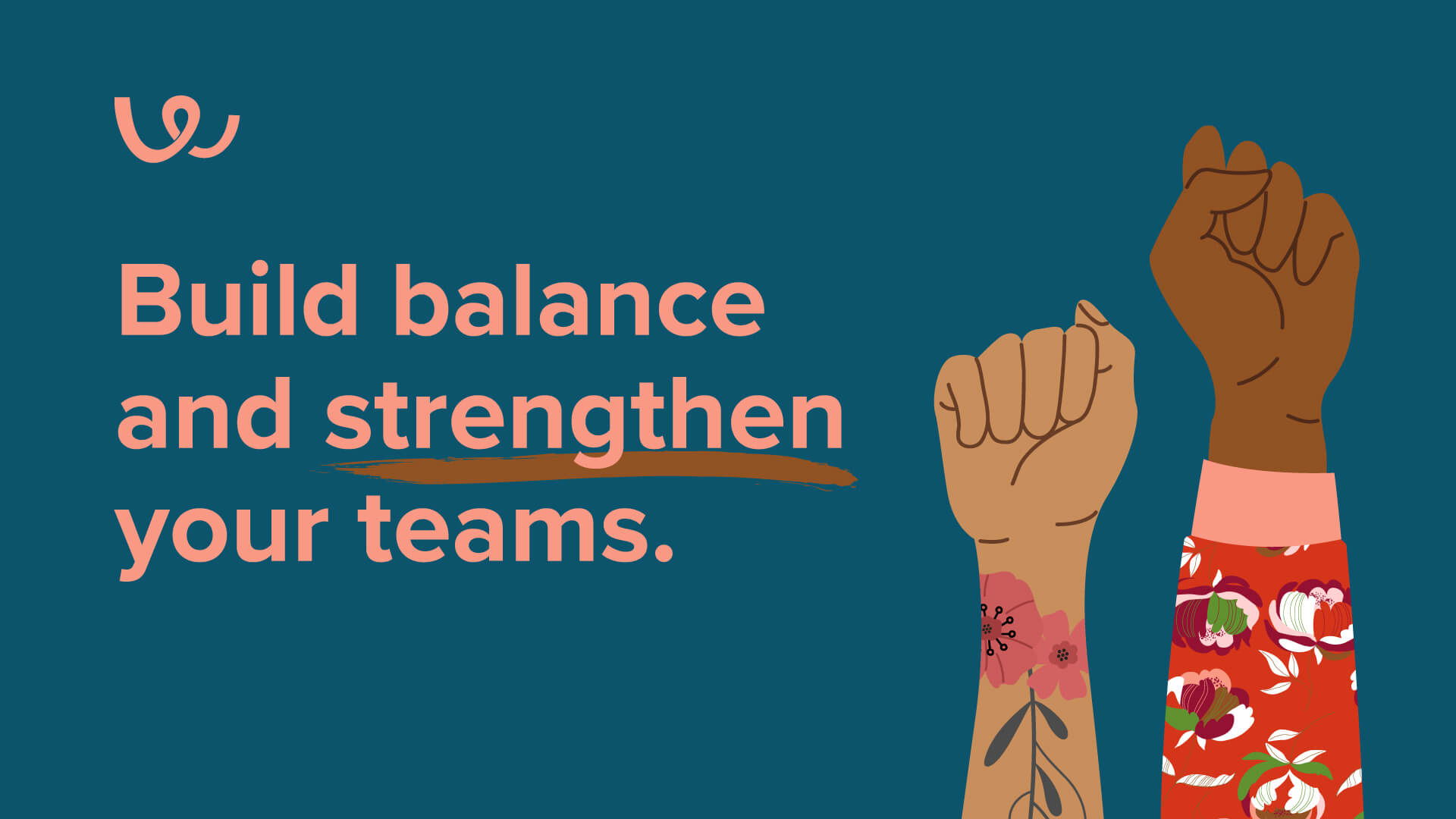Bridging barriers: how remote work enhances accessibility
Learn how the trend towards remote and hybrid work post-pandemic is creating new opportunities and easing traditional hurdles for individuals with disabilities in the workforce.

As with any major change in the way we work, it’s worth stopping to consider how these trends are affecting people with disabilities. In this article, we’ll explore how the explosion of remote and hybrid work options have been powerful in expanding work opportunities for employees with disabilities, as well as some of the challenges of these work styles for both disabled and able-bodied communities.
Contents
The struggle of workers with disabilities
Even since the landmark Americans with Disabilities Act (ADA), people with disabilities have struggled to get the accommodations they require to work and live independent lives. They face many types of barriers to work including, but not limited to:
- Conscious or subconscious/unconscious bias in the workplace
- Discrimination in hiring
- Fewer educational opportunities
- A support system which in many ways is designed to keep them in poverty
- Safe and accessible transportation for work and daily necessities
In the United States, 45% of the population have no access to public transportation systems. By and large, getting to work in America requires driving a car, often for long distances.
This especially presents a problem for those with disabilities.
How remote work boosts accessibility
One major reason remote work is so revolutionary is that it removes transportation, this major obstacle to work, from the equation completely.
Remote work allows workers, disabled and able-bodied, to work from an environment that they can carefully curate to best fit their personal needs and preferences.
For example:
- A diabetic person can administer insulin whenever necessary, rather than worrying about the optics of doing so at their desk or in a meeting.
- A person with ADD or another disability that causes difficulty focusing may work using a standing desk without disrupting others.
- People who are Deaf or hard of hearing may be able to use real-time closed captioning or other technologies during meetings rather than relying on an interpreter.
Though disabled employees are entitled to receive these accommodations whether they work on-site or at home, many people find that the skepticism, casual dismissal, and discrimination that can come with requesting accommodations deter them from doing so. Remote work isn’t a solution to this systemic ableism, which needs to be confronted head-on. But it is a helpful tool for disabled people, who deserve practical solutions in a timely manner.
The flexibility and benefits of remote work are also extended to able-bodied people as well as those limited in ability who for their own reasons prefer not to disclose their disability to their employer.
Remote work: the great accessibility equalizer
Part of the equalizing influence of remote or hybrid work is that it allows employees to make the choice to work where (office, home, cafe, library, community center, etc) and how (late at night, with music playing, with noise-canceling headphones, while exercising, while caring for a child or parent) they choose without justifying their situation and choices to their employer.
We spoke with Dr. Nika White, DEI consultant and expert, to better understand the unique advantages and challenges remote work presents for employees.
“If it’s done right, hybrid work can be a great tool in eliminating bias and discrimination in the workplace,” she tells us.
“It gives employers full liberty to recruit diverse talent from around the globe. Employees who prefer to work remotely due to cost of living, family obligations, or for their own psychological safety have the flexibility to do so.”
“If it’s done right, hybrid work can be a great tool in eliminating bias and discrimination in the workplace … It gives employers full liberty to recruit diverse talent from around the globe. Employees who prefer to work remotely due to cost of living, family obligations, or for their own psychological safety have the flexibility to do so.”
Challenges to remote work still exist
But just as remote work can make work more accessible, it also presents its own unique challenges. Many surveys, including Workable’s Great Discontent research in 2021, have shown that employees from underrepresented backgrounds also prefer remote work at greater rates. For instance, those identifying as a minority are more likely to value work flexibility than those who don’t identify as a minority (32.3% vs. 23.5%).
Research from McKinsey found that employees with disabilities were 11% more likely to prefer remote work than their able-bodied colleagues.
While this data is a great reason for employers to lean into remote and hybrid work options as a way to recruit more diversely, it presents challenges for women, people of color, those with disabilities, members of the LGBTQ community, and other underrepresented employees.
Remote work can exacerbate existing inequities in the workplace. Four out of 10 (42%) say they sometimes forget about remote workers when delegating work, a consequence of something called proximity bias. This presents a serious problem when considering the wide margins by which disabled and other underrepresented employees may choose to work remotely.
“To prevent bias against remote employees, I encourage managers to consider who on their team faces greater barriers to participation,” Dr. White says.
“If we don’t pay attention to the systemic prejudice employees face, we miss out on the opportunity to ensure that all employees have access to the support they need.”
“To prevent bias against remote employees, I encourage managers to consider who on their team faces greater barriers to participation.”
At the heart of this and every attempt to fight injustice where we find it must be empathy and compassion. It is devastating that disabled workers struggle to get the accommodations they need, especially when you consider that 26% of the population in the US have at least one disability, a number which is likely an undercount given the number of people recently disabled by Long COVID.
Disability intersects with every aspect of a person’s experience, be it race, gender, sexual orientation, or something else.
When our institutions fail to support the vulnerable and dismantle systemic bias, they hurt all of us. The success and stability of our future depends on full contributions from all people. Remote and hybrid work is one small but effective strategy employers can use to break down barriers to work for disabled employees.
Frequently asked questions
- What's driving expansion of remote work?
- This was largely driven by adjustments companies made due to COVID-19 pandemic which have shown it helps bridge barriers especially among disabled workers.
- Does remote work eliminate transportation obstacles?
- Yes, particularly beneficial for those who struggle with physical movement or accessing reliable transport.
- Can working remotely provide customizable environments suitable to personal needs?
- Absolutely. It allows you to adapt your workspace as deemed fit thereby enhancing productivity.
- Are there any downsides connected with promotion of remote work?
- While flexible working conditions promote increased inclusion yet can perpetuate an unfair “out-of-sight” mantra leading to missing out on important responsibilities at workplace called proximity bias.
- How can managers avoid overlooking their ‘remote’ team members?
- By identifying systemic prejudice within teams, employers can establish support mechanisms ensuring equal consideration irrespective of location or mode of operation.




